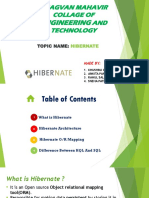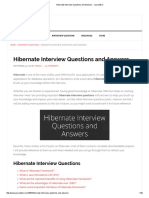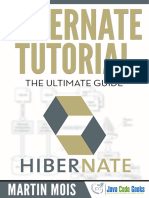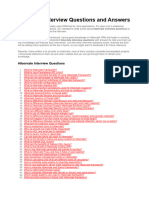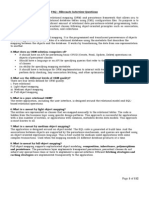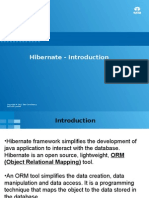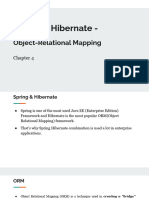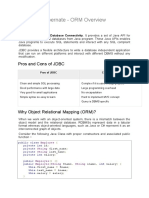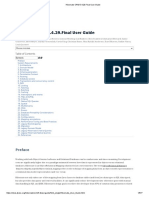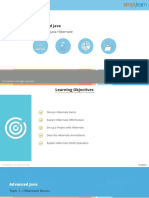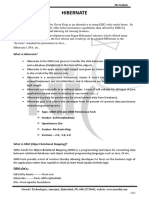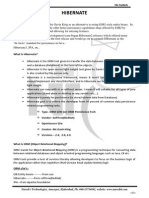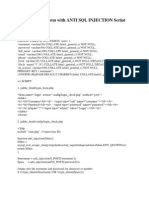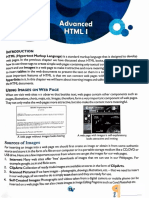0% found this document useful (0 votes)
19 views17 pagesAdvanced Topics in Java ORM Hibernate Presentation v2
The document provides an overview of Object Relational Mapping (ORM) and Hibernate, highlighting key concepts, advantages, and disadvantages of using ORM in Java applications. It emphasizes Hibernate as a popular ORM framework that simplifies database interactions and supports various features like caching and lazy loading. The document also outlines when to use ORM, its architecture, and integration with other technologies.
Uploaded by
nooblepersonbe37Copyright
© © All Rights Reserved
We take content rights seriously. If you suspect this is your content, claim it here.
Available Formats
Download as PPTX, PDF, TXT or read online on Scribd
0% found this document useful (0 votes)
19 views17 pagesAdvanced Topics in Java ORM Hibernate Presentation v2
The document provides an overview of Object Relational Mapping (ORM) and Hibernate, highlighting key concepts, advantages, and disadvantages of using ORM in Java applications. It emphasizes Hibernate as a popular ORM framework that simplifies database interactions and supports various features like caching and lazy loading. The document also outlines when to use ORM, its architecture, and integration with other technologies.
Uploaded by
nooblepersonbe37Copyright
© © All Rights Reserved
We take content rights seriously. If you suspect this is your content, claim it here.
Available Formats
Download as PPTX, PDF, TXT or read online on Scribd
/ 17












